Herstory: Feminist Movements in South Asia
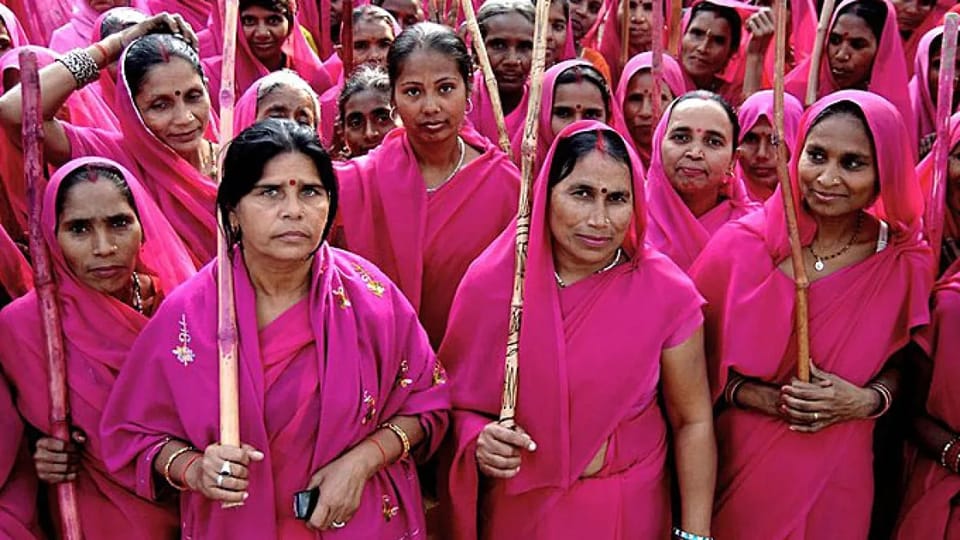
History - as it’s named perhaps, has long been written by men. Shifts towards the use of “herstory” in feminist discourse mark a more gender-just perspective and recognise women’s contributions, but real change comes beyond the buzzwords. It starts with the recognition of women’s roles in the everyday - from the personal to the political, and in South Asia the latter can be clearly seen throughout the key roles women have played in resistance movements that went on to shape the social and political landscapes of the region.
From the women-led Baloch movements that fight against enforced disappearances in Pakistan, to the farmers protests in India during a pandemic that were led by women these last few years have seen women-led resistance across the region. But this isn’t new. Women’s role in resistance has defined South Asian politics and social justice from as early as the very creation of modern South Asia. We take a look at some of the biggest roles women have played throughout South Asian history
Pakistan:
The country’s annual Aurat March is perhaps the most well known representation of the Pakistani women’s movement, but most experts would put it in the third wave of feminism in the country. Despite Pakistan’s current dismal record of gender justice, the country has had a strong history of women led movements leading to change.
The second wave of feminism, which preceded what we see with the Aurat March today started in 2000, under the name of Alliance Against Sexual Harassment (AASHA), and the motto of stopping sexual harrasment at workplace. Activist and gender expert Fouzia Saeed led the movement, along with other activists such asWorld March of Women member Bushra Khaliq, and engaged key stakeholders like women organisers working on a grassroots level, media, parliamentarians, and political parties. It was these efforts that led to the passing of the law of protection against harassment of women at the workplace in 2010.

The first feminist movement in the country was a decidedly political one in the 1980s, mainly against Zia Ul Haq’s Hudood Ordinances. Led by the Women’s Action Forum (WAF), the movement quickly gained momentum, and WAF remains a leader within feminist resistance till today.
In fact, women played a key role in the movement that led to the creation of Pakistan as well. In April 1940, women took out a protest demonstration against the arrest of Muslim League leaders and the banning of the Khaksar Tehreek. Not surprisingly, the press condemned them as shameless women who would usher in the downfall of Muslims. But the women were not to be deterred and in June the Khaksar Tehreek women organized another demonstration led by eleven year old Saeeda Bano from Delhi, an eloquent speaker. In the 1946 elections, two women candidates from the Muslim League, Salma Tassaduque Hussain and Jahanara Shahnawaz, participated. When the Muslim League was not allowed to form the government, five hundred women demonstrated in Lahore. Rana Liaquat Ali and Fatima Jinnah were leading figures in shaping women’s political and public participation after Pakistan’s independence.
Bangladesh
While Bangladesh may be a relatively young country, the role Bengali women have played in South Asian resistance is far older. No where is that more obvious than in the writings of Begum Rokeya Sakhawat a pioneering activist for women's education and economic independence, who passed away in 1932. Her book, “Sultana’s Dream”, one of the earliest depictions of feminist utopia, uses the concept of gender role reversal to highlight the perceived notion of male superiority.

In 1970, Sufia Kamal founded Bangladesh Mahila Parishad, the country's oldest women's rights organisation to date. Throughout the 70s, there was a growing consciousness of the varied experiences of women across Bangladesh. With the establishment of organisations such as Banchte Shekha (Learn How to Survive), the scope of the women's movement was expanded beyond the urban upper and middle-class.
Founded in 2003, by Nazma Akter. Awaj Foundation, is driven by the vision of decent work, dignified lives and gender equity in the industrial sectors of Bangladesh. It raises awareness on garments workers' struggles, educates them on their rights under national and international legal frameworks and builds their capacity for leadership and negotiation of better working conditions. 52 anti-harassment committees have been set up in factories in Dhaka and Chattogram divisions with their assistance.
Sri Lanka
Sri Lanka’s 26-year civil war, from 1983 to 2009, left deep scars, with women bearing a disproportionate share of the burden. As their families were displaced and they lost loved ones, women stepped into new roles–becoming heads of households, primary breadwinners, and community leaders in a fractured, post-war Sri Lanka.
Founded as a women’s collective in 2010 by activist Shreen Abdul Saroor and her colleagues, Women’s Action Network (WAN) emerged as a response to the devastation of Sri Lanka’s civil war. Recognising the urgent need to rebuild the women’s movement in a deeply fractured society, WAN works to unite Tamil, Muslim and Sinhalese women—communities that had long operated in isolation from one another—in a shared fight for justice and equality.

Eelam, the native Tamil name for the island of Sri Lanka, has the second-highest number of enforced disappearances in the world. Women and mother-led protests by Families of the Disappeared began in 2017 with roadside demonstrations in Kilinochchi to demand answers for the fates and locations of their loved ones. Sister protests across the island were also mobilized.
India:
Indian women’s resistance is popularly known through the Gulabi Gang, a group of women dressed in bright pink clothes founded in 2006 by Sampat Pal Devi, which fights against oppression and violence. But women have played a far deeper role in the country’s fight for social justice.

Amidst the pandemic, as the farmer’s protests in India were described at the time as “the world’s largest ongoing demonstration”, it was Indian women leading the charge.“Why should we go back? This is not just the men’s protest. We toil in the fields alongside the men. Who are we—if not farmers?” Jasbir Kaur told TIME.
Almost a decade before that, people around the world watched as thousands took to the streets in New Delhi in December 2012 following the gang rape of twenty-three-year-old physiotherapy student Jyoti Pandey.
The protesters made varied and lengthy demands for improving public safety for women, including calls to make public transportation safe; to encourage the police to be more responsive; to reform the judicial process, including reform to the Indian Evidence Act, the Penal Code, and the sentencing standards; and to generally provide for greater dignity, autonomy, and rights for women. As a result of the public outcry, a three-member committee chaired by legal expert Chief Justice J. S. Verma was convened to recommend changes to the criminal law on sexual violence.
One of the first collective attempts by Indian women to assert political autonomy occurred because of failed economic development policies. When the economic situation became especially dire in the early 1970s, DGSM workers and villagers decided to prevent any further felling of trees. However, most of the time it was women and children who physically saved the trees by clinging to them (literally “tree-hugging”) and preventing logging. This became known as the Chipko Movement, named after the Hindu term for hugging.

Rural women revolted in response to severe droughts and famines in western India in the early 1970s. Shortages of food and subsequent food adulteration and hoarding by the landowning elites in the states of Gujarat and Maharashtra led to severe poverty and a decline in women’s living conditions and social status.
What’s still missing from far too many conversations about progress and justice in South Asia is that women’s rights are human rights. They cannot be separated from the social, political and economic ground realities of the region if any significant change is to be seen.
Anmol Irfan is a freelance journalist, editor and the co-founder of Echoes Media. Her work focuses on marginalised narratives in the Global South, looking at gender, climate, tech and more. She tweets @anmolirfan22

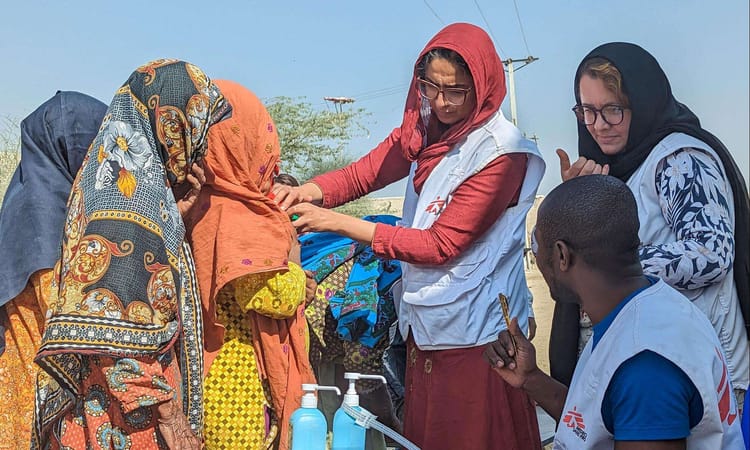
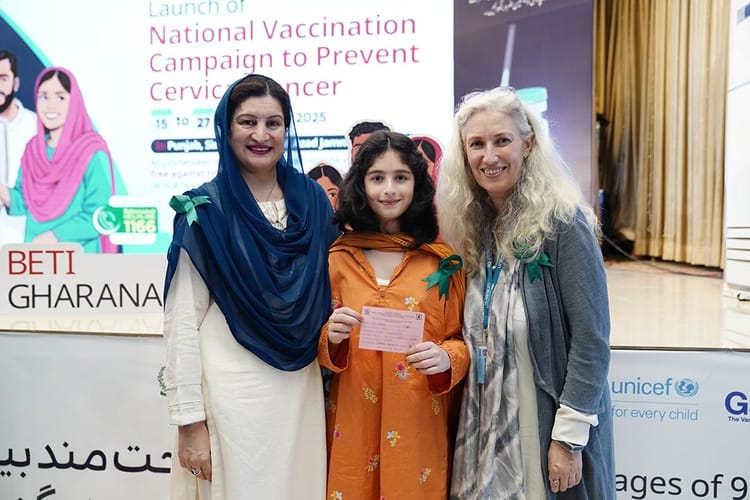
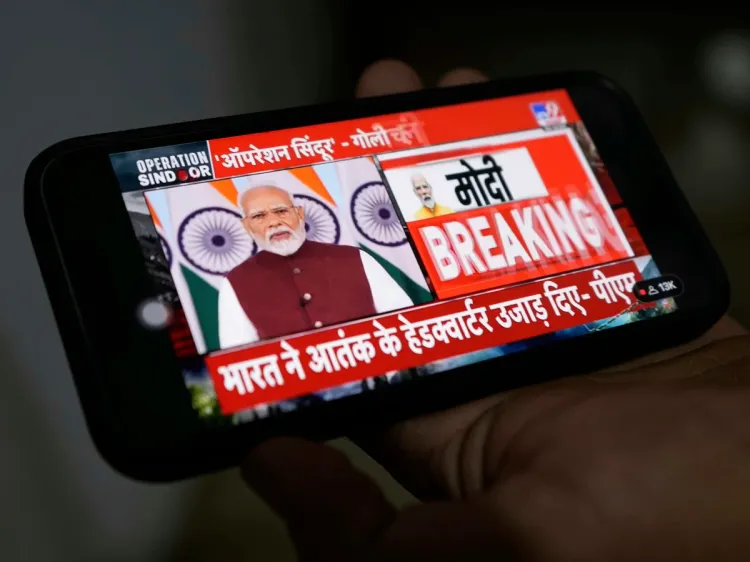
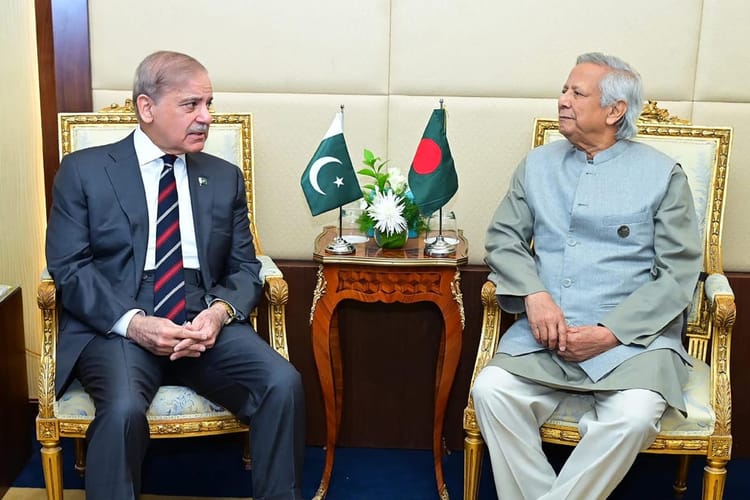
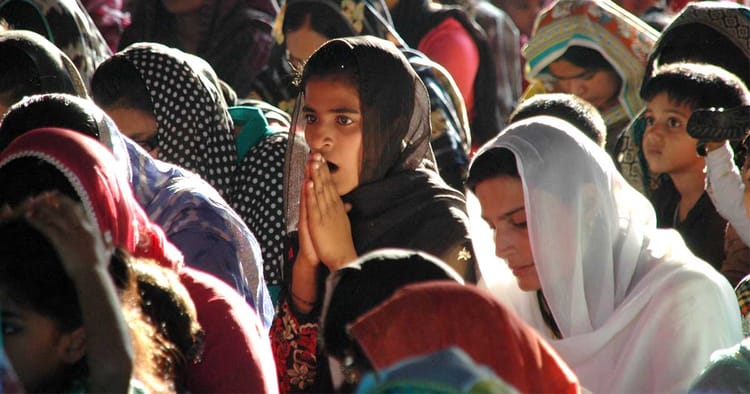
Member discussion